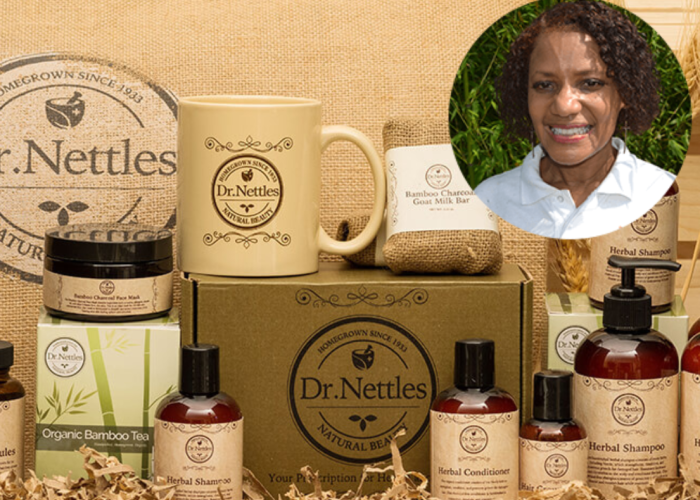Bulk Cleaning and Sanitizing
- Store cleaning materials away from food products and preparation areas.
- Always clean and thoroughly rinse all tubs, preparation areas and utensils before using these areas for organic products.
- Use only department approved cleaning materials.
- Complete any written documentation of your cleaning activities when needed.
- Clean up spills when they occur.
Bulk Receiving
- Always verify bulk products ordered matches what is delivered and what is written on the invoice/bill of lading.
- Always look for clear organic labeling and the certifying agent seal or name on incoming bulk containers.
- Place any bulk item in a quarantine area if it does not meet USDA labeling rules. Get any missing information from supplier.
Bulk Storage at the retail establishment level (i.e. store level)
Products from broken or open bags/containers can be accidentally mixed with non-organic products. Proper labeling is key to prevent non-organic products from being used to fill organic bulk bins. If this occurs, employees should understand that they have management’s full support to relabel the entire bin and sell it as non-organic
- Have separate storage areas for organic and non-organic products.
- Label organic and non-organic cold and dry storage areas.
- Do not stack non-organic items over organic storage items to prevent contaminating organic foods.
- All open bags must be closed tightly, taped or twist-tied, and clearly marked. Have these supplies readily available to all employees in the storage areas.
- If contamination does occur, the product must be sold as non-organic.
- Clear signage is paramount to ensure no commingling or contamination. Have “Organic” stickers readily available in the storage area for employees to easily affix on open bags or products if the label may be difficult to see.
- All organic back stock should be clearly marked organic, especially when the same non-organic product is being offered.
- Any issues should be brought to the buyer’s attention.
- Place bulk bags and boxes on storage shelves in a way that the organic label is easy to see.
- Tubs, counters, scoops and other items used to repackage bulk foods must be thoroughly cleaned and rinsed between organic and non-organic products.
Labeling Bulk Products
Bulk labels and signage must meet the labeling criteria in Section 2 (Labeling).
Bulk Display Guidelines
- Always use clean bins for organic products. Bins must be washed and thoroughly dried.
- Use distinctive labels to differentiate organic and non-organic products. Different color backgrounds make it easy for the consumer to pick out the organic product.
- Scoops for bulk product bins should be designated separately for organic and non-organic.
- If bulk bin design allows product to fall onto other bins, do not stack non-organic product above organic products.
- If contamination does occur, the product must not be sold as organic.
Resources Recommended for Bulk Foods Department
- Sources of “Organic” tapes, twist ties, and stickers
- Sources of organic promotional materials
- Sources of “Organic” signage










